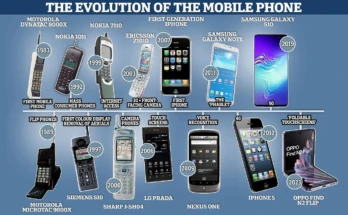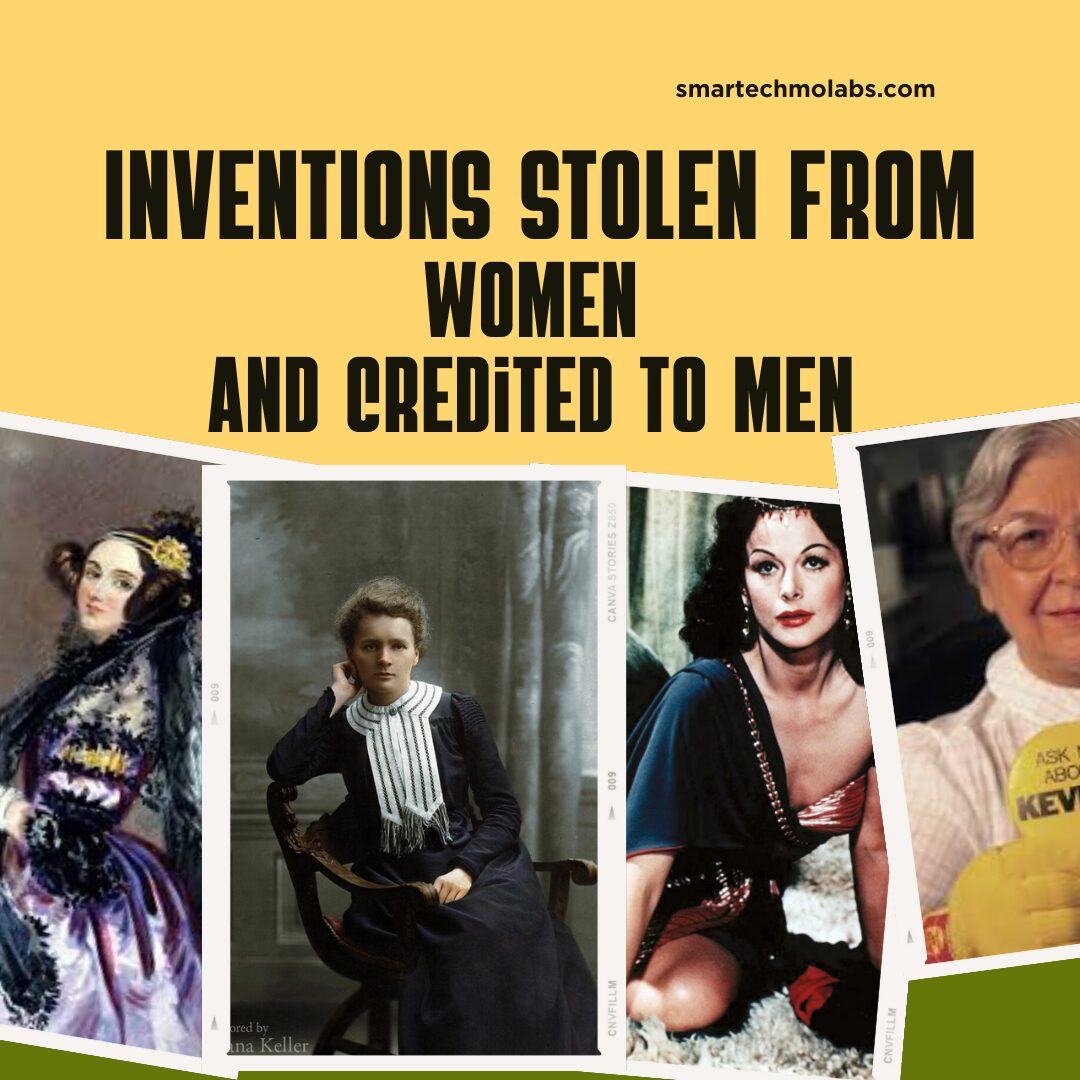
Innovation has always been a driving force in human history, shaping our world and propelling us toward progress. But what if the credit for some of the most pivotal inventions was stolen, overlooked, or assigned to the wrong people? History is often written by those who hold power, and, in many cases, the contributions of women have been erased or overshadowed by men. Welcome to the untold stories of inventions stolen from women and credited to men. These stories shed light on the hidden figures whose ingenuity has changed the world, even if they didn’t get the recognition they deserved.
Why Were Women’s Contributions Overlooked?
Before we dive into the stories of specific inventions, it’s essential to understand why women’s contributions have historically been overlooked. For centuries, societal norms dictated that men were the primary drivers of progress, while women were relegated to domestic roles. Even when women defied these expectations and contributed groundbreaking ideas, they were often denied recognition because of their gender.
The Gender Bias in Patents and Recognition
The patent system, established in the 18th century, became another barrier. Men dominated scientific institutions and industries, which meant women had limited access to the tools they needed to patent their inventions. Even when women worked alongside men, the credit would often go to their male counterparts. This practice was not just accidental; it was the result of deeply ingrained gender biases that undervalued the intellectual contributions of women.
1. Ada Lovelace: The First Computer Programmer
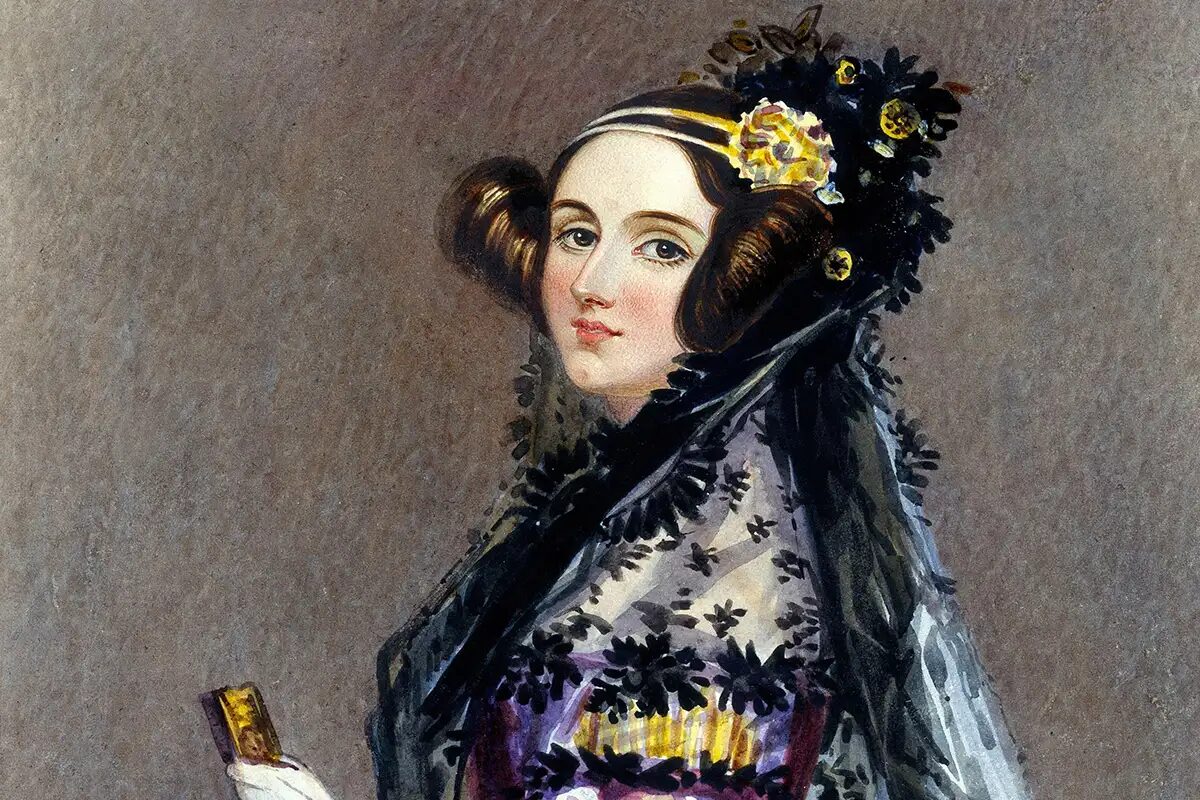
Let’s start with Ada Lovelace on our list of inventions stolen from women and credited to men. She was the daughter of poet Lord Byron, and arguably the first person to write a computer algorithm. Working with Charles Babbage in the 1840s, Lovelace contributed significant insights to the development of his Analytical Engine, an early mechanical computer. While Babbage is often credited as the father of computing, it was Lovelace who realized that this machine could be programmed to perform more than just calculations.
Lovelace wrote what is now considered the first algorithm intended for implementation on a machine. But for decades, her contributions were sidelined. Babbage received most of the accolades, and it was only much later that Ada Lovelace was recognized as the true pioneer of computer science.
2. The Monopoly Game: Elizabeth Magie’s Hidden Legacy
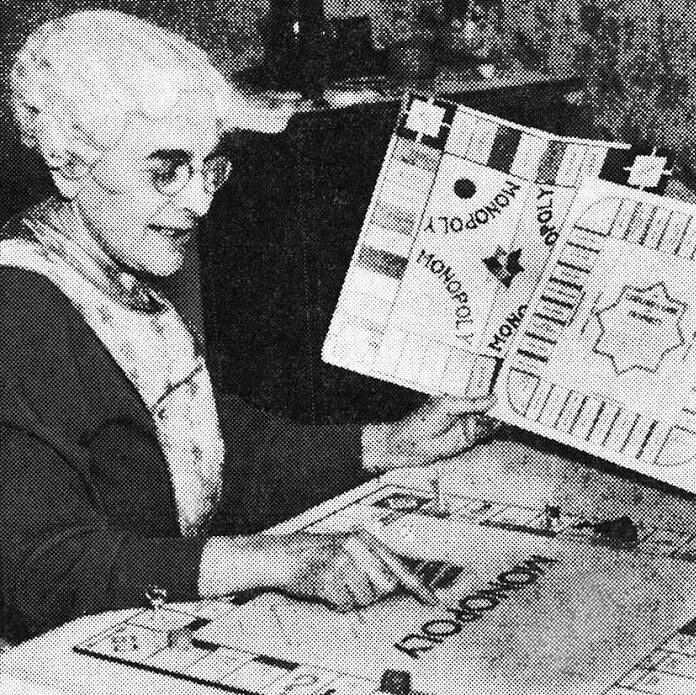
We all know Monopoly, but did you know it was invented by a woman? The game’s origins can be traced back to Elizabeth Magie, who patented a board game called “The Landlord’s Game” in 1904. Her game was designed to teach the dangers of monopolies and highlight the inequality in wealth distribution.
However, when Charles Darrow came across the concept in the 1930s, he modified the game, pitched it to Parker Brothers, and sold it as his invention. While Darrow became a millionaire, Elizabeth Magie received a mere $500 for her patent. It was only years later that the truth about the game’s origins came to light.
How to Turn Your Creative Side Hustle into a Profitable Venture
3. Hedy Lamarr: The Actress Who Invented Wireless Technology

Who can forget about this woman when you talk about our list of inventions stolen from women and credited to men. Most people know Hedy Lamarr as a glamorous Hollywood actress, but she was also a brilliant inventor. During World War II, Lamarr co-invented a frequency-hopping system with composer George Antheil. This technology was designed to prevent enemy ships from jamming torpedoes by constantly changing the radio frequencies used to control them.
Though her invention was groundbreaking, it wasn’t fully utilized until decades later, when it became the foundation for modern wireless communication technologies like Bluetooth and Wi-Fi. Despite her critical role in this technological advancement, Lamarr’s contributions went largely unrecognized during her lifetime.
4. Rosalind Franklin: The Woman Behind the Double Helix

One of the most infamous cases of stolen scientific credit involves Rosalind Franklin, the woman who made the crucial discovery of the structure of DNA. Franklin’s X-ray diffraction images provided the essential data that led James Watson and Francis Crick to develop the double helix model of DNA.
While Watson and Crick went on to receive the Nobel Prize in 1962, Franklin’s name was hardly mentioned in their work. It wasn’t until after her death that her contributions to one of the most important scientific discoveries of the 20th century were acknowledged.
5. The Circular Saw: Tabitha Babbitt’s Overlooked Invention

The invention of the circular saw is often credited to men, but it was actually Tabitha Babbitt, a Shaker woman, who first came up with the design. In 1813, Babbitt observed that the traditional two-man saw used for cutting wood was inefficient, so she created a round saw blade powered by a waterwheel.
However, due to the communal nature of the Shaker society, Babbitt never patented her invention. As a result, her design was later adapted by others, who received the credit and commercial benefits. Tabitha Babbitt remains an unsung hero in the world of carpentry.
6. Kevlar: Stephanie Kwolek’s Life-Saving Invention
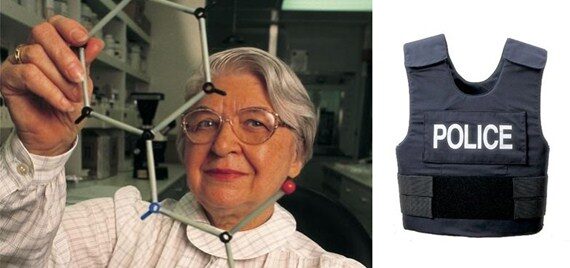
If you’ve ever heard of Kevlar, the material used in bulletproof vests, you have Stephanie Kwolek to thank. In 1965, while working as a chemist at DuPont, Kwolek invented this incredibly strong, lightweight fiber, which has since saved countless lives. Despite the importance of her invention, Kwolek’s name was often overshadowed by the company she worked for.
It wasn’t until much later that Stephanie Kwolek was fully recognized for her contributions to material science. Today, her invention is widely regarded as one of the most significant advancements in safety technology. And this is why she is #6 on our list of inventions stolen from women and credited to men.
7. The Invention of Wi-Fi: Did a Woman Help Shape the Internet?
While Wi-Fi is often attributed to male inventors, it’s worth noting that Dr. Hedy Lamarr played a pivotal role in the technology that would later be used in wireless communication. Though her frequency-hopping invention was primarily designed for military purposes, its principles were eventually applied to technologies like Wi-Fi and GPS.
Imagine a world without Wi-Fi—no wireless internet, no easy access to information on the go. Hedy Lamarr‘s invention helped lay the groundwork for this vital piece of modern life, even though she didn’t get the recognition she deserved in her time.
Why Does This Keep Happening?
You might be wondering, “Why does this keep happening?” Why have so many women’s contributions been overlooked or stolen throughout history? The answer lies in the societal structures that have long minimized women’s roles in intellectual and professional fields.
Read Also The Great Emu War: When Australia Took on Birds and Lost
The Historical Context of Gender Inequality
In the 19th and early 20th centuries, women were often barred from attending universities or participating in scientific societies. Even when they were involved in groundbreaking work, they were frequently excluded from patent filings, which were almost always dominated by men. This lack of access and recognition led to many cases of intellectual theft, with men taking credit for women’s ideas.
8. Margaret Knight: The Woman Behind the Paper Bag Machine
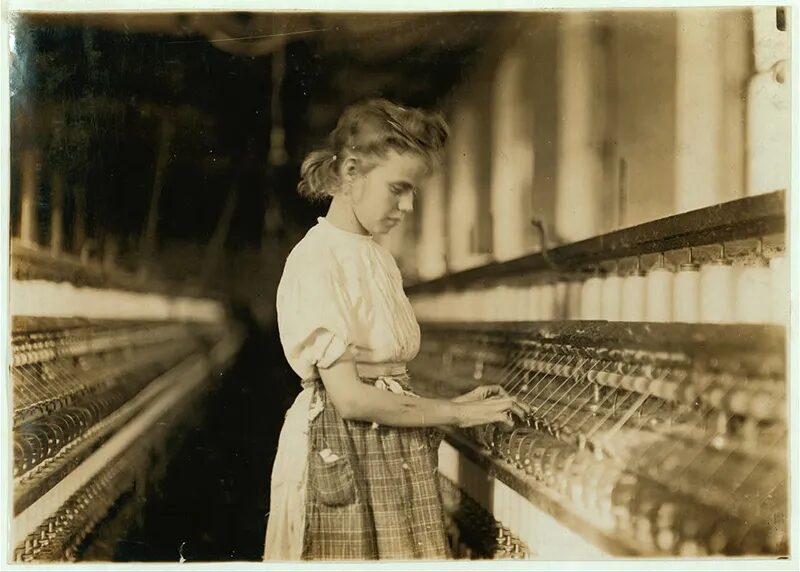
Another example of a stolen invention is the paper bag machine. Margaret Knight, known as “the female Edison,” designed a machine that could automatically fold and glue paper bags, revolutionizing the packaging industry. However, before she could patent her invention, a man named Charles Annan copied her design and tried to patent it himself.
Knight fought back, taking Annan to court and ultimately winning the patent for her invention in 1871. Her victory was a rare case of a woman successfully reclaiming credit for her work during a time when it was almost unheard of.
9. Lise Meitner: A Pioneer of Nuclear Fission
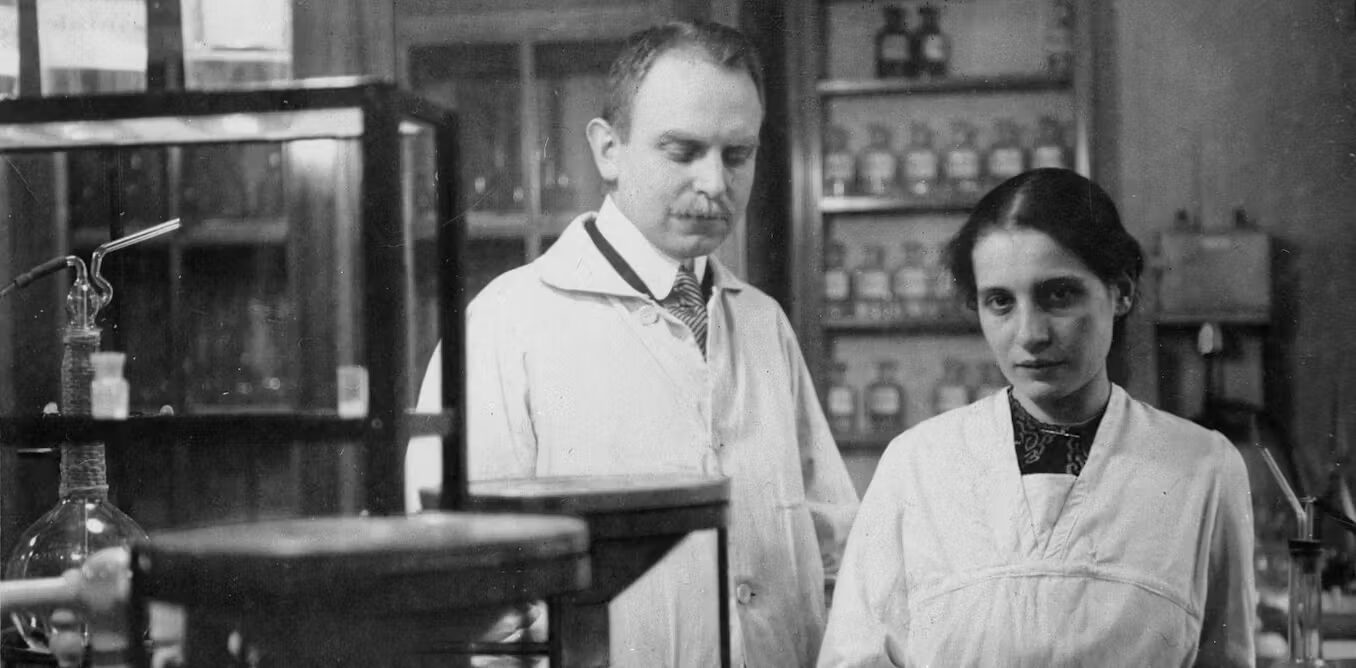
When we talk about the discovery of nuclear fission, the name that often comes up is Otto Hahn. However, it was actually Lise Meitner, an Austrian physicist, who played a critical role in interpreting Hahn’s experimental results and recognizing that they had discovered nuclear fission.
Hahn went on to receive the Nobel Prize in Chemistry in 1944, while Meitner’s contributions were largely ignored. It wasn’t until later in life that she received some recognition for her groundbreaking work in nuclear physics.
10. Marie Curie: A Tale of Recognition and Struggles
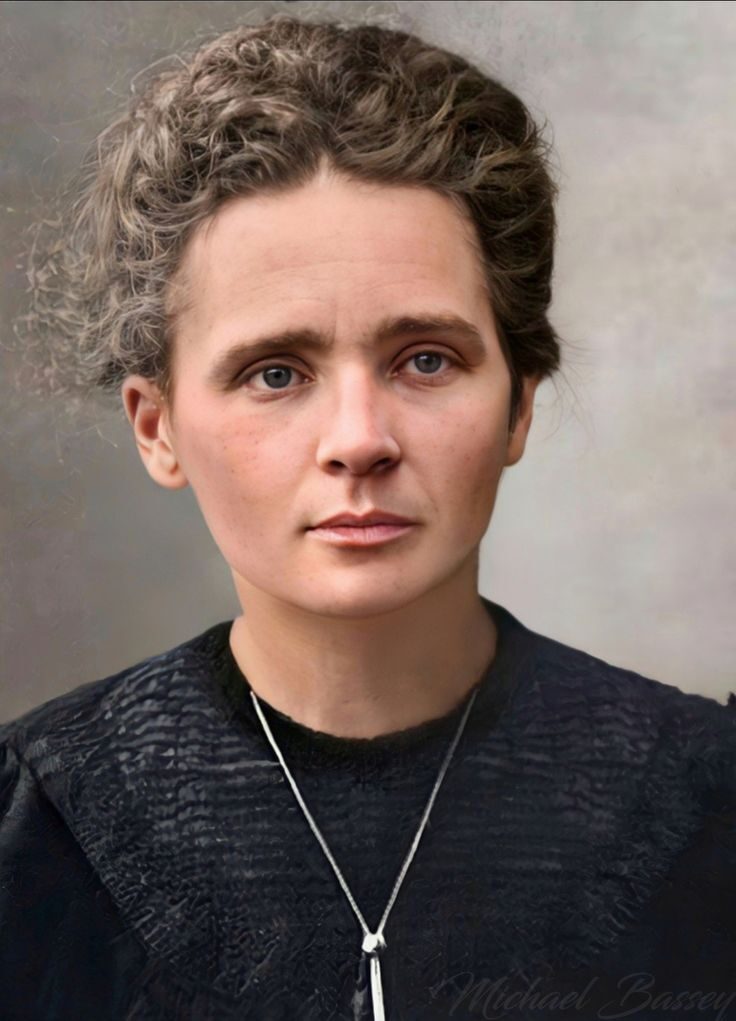
While Marie Curie is one of the few women in history to receive credit for her scientific achievements—she was the first woman to win a Nobel Prize—her journey wasn’t easy. Curie had to fight against sexism and exclusion from academic institutions throughout her career. Her discoveries in radioactivity paved the way for numerous scientific advancements, but the recognition didn’t come without a struggle.
A New Era of Recognition
In recent years, there has been a growing movement to recognize the contributions of women in science, technology, and invention. By unearthing these hidden stories, we not only correct the historical record but also inspire a new generation of women to enter fields that have traditionally been dominated by men.
Why We Must Continue Telling These Stories
It’s not just about setting the record straight; it’s about empowering future generations. When young women see that others before them have faced obstacles and still managed to innovate, it encourages them to pursue their passions in STEM fields. These stories remind us that innovation knows no gender, and brilliance can come from anyone.
Conclusion
The Future of Innovation Is Female
As we continue to unearth the hidden history of women inventors, it’s important to acknowledge the systemic barriers that kept these women from receiving their due credit. Inventions stolen from women are a testament to the resilience and creativity of women throughout history. Despite the systemic challenges and societal norms that sought to hold them back, these innovators pushed forward, often knowing that their contributions might never be fully recognized. Today, as we continue to share their stories, we pave the way for a future where the contributions of all individuals—regardless of gender—are acknowledged and celebrated.
The Road to Equality in Innovation
While progress has been made in recognizing the contributions of female inventors, we still have a long way to go in ensuring gender equality in STEM (Science, Technology, Engineering, and Mathematics) fields. According to various studies, women remain underrepresented in many areas of innovation and often face gender-based barriers in the workplace. Overcoming this requires not only recognizing historical injustices but also creating systems that encourage and support women inventors today.
How Modern Efforts Are Encouraging Women in STEM
Today, there are more efforts than ever to close the gender gap in STEM. Programs aimed at fostering the talents of young girls in science and technology, mentorship opportunities for women in innovation, and public recognition of the contributions of female scientists all play a role in creating a more equitable future. These modern initiatives seek to break down the barriers that have historically limited women’s participation in science and invention.
By highlighting the stories of women like Ada Lovelace and Rosalind Franklin, we inspire future generations of young women to pursue careers in science, technology, and engineering. This awareness helps cultivate a new narrative where women are seen as equals in the world of innovation.
Learning from History: Ensuring Credit Where It’s Due
So, how do we ensure that women today and in the future get the recognition they deserve for their inventions and innovations? First and foremost, it starts with visibility. The more we talk about the incredible contributions women have made to society, the harder it will be to overlook their roles in the future. It’s also critical for companies, educational institutions, and patent systems to actively encourage and support women inventors, giving them equal access to resources and opportunities.
Inspiring the Next Generation of Female Innovators
As we look to the future, it’s essential to inspire the next generation of female inventors and innovators. By telling the stories of those who came before, we offer role models for young girls who aspire to enter the world of science, technology, and invention. We must encourage girls to experiment, to explore, and to innovate without fear that their contributions will be minimized or erased. The more we foster a culture of equality in innovation, the brighter our future will be.
FAQs About Inventions Stolen from Women
Why were women’s inventions often credited to men?
In the past, societal norms and gender biases relegated women to domestic roles and often excluded them from scientific communities. Men had more access to education, patents, and professional networks, allowing them to take credit for inventions that women contributed to or created.
Are there modern examples of women inventors not receiving credit?
While gender equality has improved, there are still cases where women’s contributions in tech and science are overlooked or downplayed. Efforts to increase visibility and recognition for women in STEM are helping to address this issue.
How can we ensure women inventors receive recognition today?
Supporting women in STEM, providing mentorship, offering equal access to funding and patents, and fostering a culture that values contributions from all individuals are key ways to ensure women inventors receive the recognition they deserve.
Who was the first woman to be recognized for her invention?
One of the earliest women to receive recognition for her invention was Mary Dixon Kies, who received a patent in 1809 for her method of weaving straw with silk to create hats. This marked a significant moment for women in the patent system.
What can schools do to encourage more girls to become inventors?
Schools can provide more opportunities for girls to engage in STEM activities, offer mentorship programs, and introduce them to female role models in science and technology. Cultivating a supportive environment that encourages creativity and experimentation is key.
By uncovering the stories of women whose inventions were stolen, we not only rewrite history but also empower future generations to break through the barriers of gender inequality in innovation. Women have always been integral to progress, and now it’s time for the world to recognize their contributions fully.


